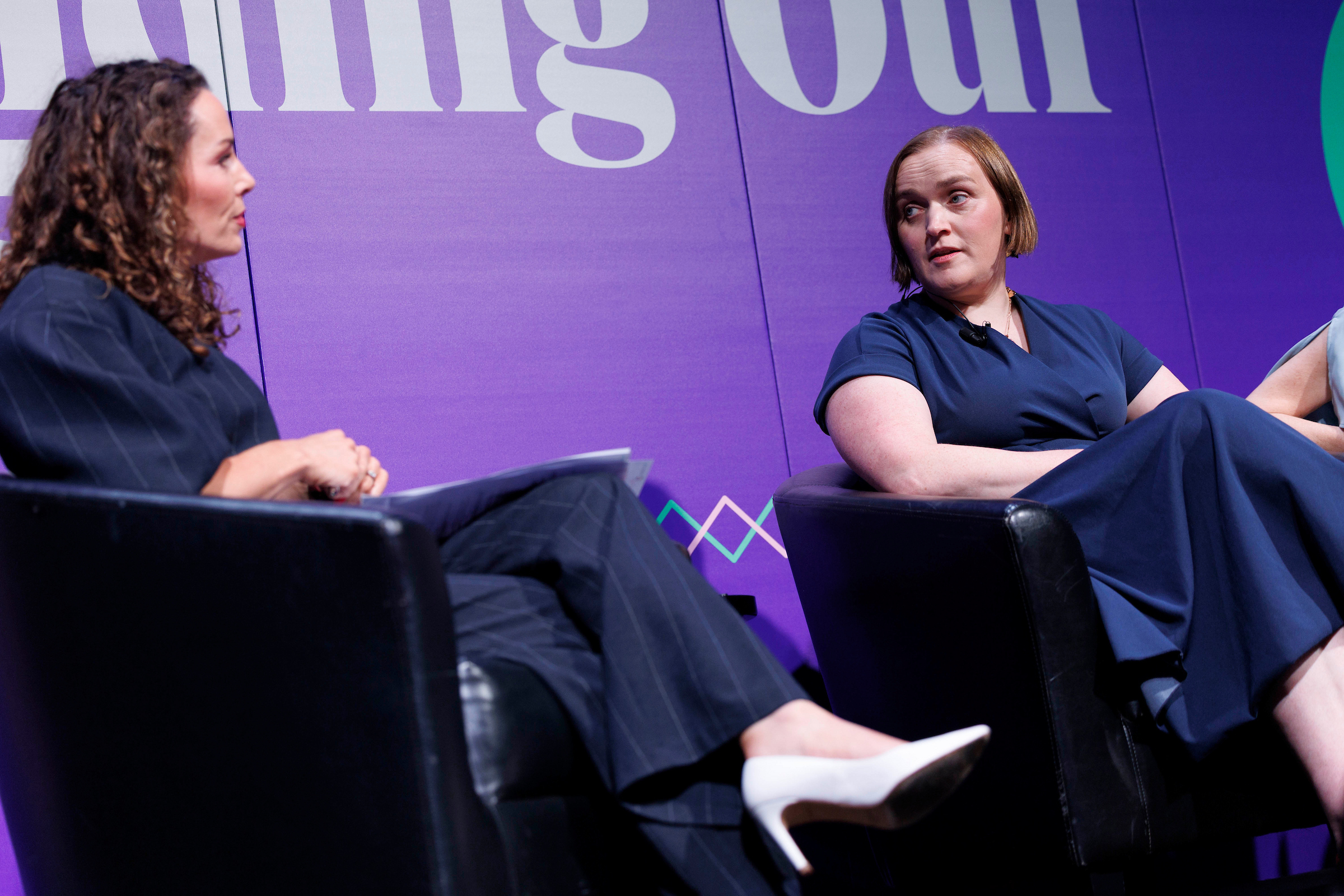.jpg)
A panel discussion on the futre of audio featured Patricia Monahan, RTÉ, Fiona Stack, General Manager, Radio Kerry, Chris Doyle, CEO Bauer Media Audio Ireland and Andy Perce, from Core.The panel agreed that radio’s core strengths make it uniquely well-placed in an AI-saturated media world. Andy highlighted four pillars: vast reach, strong value-for-attention (recent planning overhauls show radio delivers large volumes of attentive minutes cost-effectively), and radio as an underused creative canvas—too often treated as an afterthought behind TV. Panelists urged brands to invest in copy, production and storytelling, not just standard 30-second spots: audio can stretch into presenter reads, live integrations, events, sponsored episodes and branded content.
.jpg)
On effectiveness, presenter/host reads were singled out as especially potent because listeners actively choose audio and already trust the voices they hear. That trust underpins radio’s positioning in a regulated, brand-safe environment, which matters more amid misinformation and synthetic media. Several speakers argued traditional outlets should explain editorial decisions more openly to reinforce why standards ( and restraints) exist.
Addressing perception, Patricia noted radio sometimes carries an “old-fashioned” label within the wider “audio” umbrella, yet it remains the largest component of digital audio and a highly dynamic, creative industry. Fiona, from a local perspective, stressed radio’s human voice and first-person storytelling, plus the in-house creative capability found across stations. She shared community-rooted activations—from a fishmonger’s “homework-off” vouchers to children co-creating a Kerry fairy tale and a Santa-on-Christmas-Eve interactive—illustrating how radio can deliver immediate, place-based solutions and social value.

All agreed radio must evolve and adapt to fragmented habits: be the companion everywhere (phone, smart speaker, car), match need states across the day (inform, lift mood, relax), and keep listening to audiences. The panel framed broadcast and digital audio as complementary: broadcast supplies scale and habit; digital adds addressability, richer data, host reads, and often less clutter—hence the premium. Video podcasting was seen as a discovery engine (many still “listen on YouTube”), aided by AI tools for clipping; most users juggle ~2–3 apps, so aggregator/owned apps (e.g., Radioplayer, GoLoud) and first-party data/DMPs are strategic for targeting and recommendations.
Looking ahead, RTÉ is developing a new audio app that expands on-demand and podcast content and re-curates shows by topic verticals (e.g., human interest, nature) to improve discovery—important given low listen-back rates. The session closed with a call to Irish advertisers and agencies: recognize radio/audio’s distinct strength in this market, lean into trust, creativity and community connection, and partner with broadcasters to test, learn and grow—without outsourcing critical thinking to AI.
You can view a recording of the panel discussion by clicking the button below.

